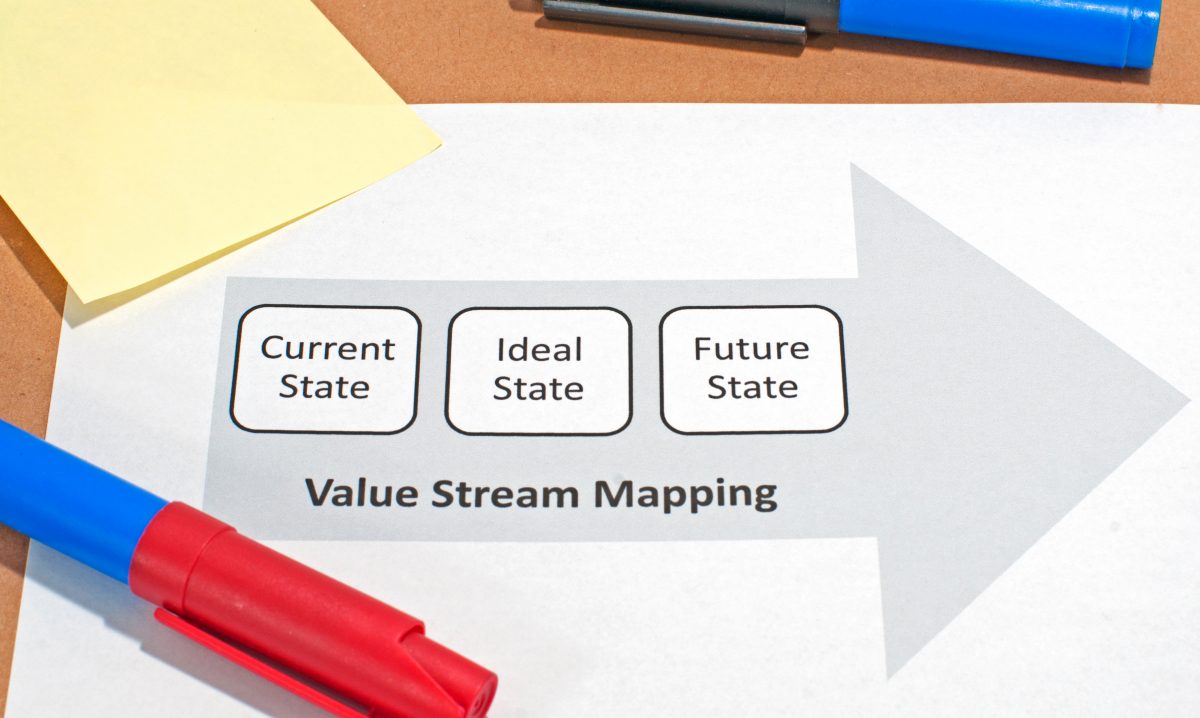One thing that all successful transformational IT projects have in common is that they change how business gets done. This means that the project changes how people behave, which is often much more challenging than implementing technology which tends to be the project focus.
After sponsoring a series of projects that were technical successes, but organizational failures, I embraced the need to follow an organizational change process for all major projects. Our methodology included six major work streams, for which I’ve provided an example of what we did.
- Communication: What needs to change and
why. Messages should be delivered in a
manner that reaches all key stakeholders.
- We decided to shift our email/collaboration/workflow platform from Lotus Notes to Microsoft Office365. Notes application owners who had embedded workflow and automation into their Notes applications needed to know that maintaining Notes applications was not an option. The owners of Notes applications were invited to participate in the migration of their applications to Office365 to ensure their processes were maintained or improved. Because of this awareness most Notes application owners were very receptive to participating in the migration process.
- Stakeholder Engagement: Identify the supporters
and detractors for the change. Reinforce
the supporters and mitigate objections of the detractors.
- In order to drive common processes across a product line, we selected a standard ERP solution based on standard design. Some plants running on custom built solutions worried about losing certain best practice processes that were enabled by their custom-built solutions. By providing a governance process that allowed us to identify and adopt best practices into our standard ERP, we were able to offset most of this potential resistance.
- Business Readiness: Identify organizational gaps
that could inhibit adoption of the new processes and technology and mitigate
them.
- A key benefit we expected from the implementation of our standard ERP was a reduction in inventory. We realized this benefit required a high degree of schedule adherence. At one plant we identified that the plants incentive program incentivized operators to skip change overs especially from good runners to poor runners. We worked with the local union to modify the incentive program in order ensure we would realize the benefits.
- Organization Design: Rebalance work to account
for shifts in responsibilities with the new processes. Review organization structure for
incompatibility with the new processes.
- At one plant where we implemented the standard ERP solution, we shifted the labeling and recording of finished goods from the logistics team to the production team. In order to prevent one team from becoming overloaded, while another did not have enough work to do, we shifted people from logistics to production. This require training and development of the impacted personnel.
- Training: Provide the training and job aids
required for each impacted person to execute the new processes effectively and
productively.
- We created a web-based solution to allow suppliers to submit and receive approval to produce new parts. We created a supplier training course which suppliers were invited to attend. We recorded this course and posted it on the website for suppliers who were not able to attend the course in person or required ongoing training as personnel changed. Suppliers quickly found that using the new system improved their productivity and made excellent use of the training materials understand the new process and its requirements to capture its benefits.
- Adoption Effectiveness: Ensure the organization
has the capabilities required to execute the processes. Validate training effectiveness. Integrate new performance measures required
to measure and drive new behaviors into the regular routine.
- At one plant we found that the team lacked the planning knowledge required to effectively utilize a material requirement planning (MRP) system. To ensure we delivered the expected outcomes we worked with local management to recruit and develop this capability, and then measured the percent of MRP recommendations that were carried out to evaluate how well the system was being utilized.
We found that when people understand the reason for a change and are given the skills and tools required to adapt, they are overwhelmingly supportive of the improvements and meet or exceed expectations. Not providing a reason to change or the proper skills or tools almost guarantees results will not meet expectations. This applies both to internal staff, and external users of the transformational solution regardless of delivery methodology.




